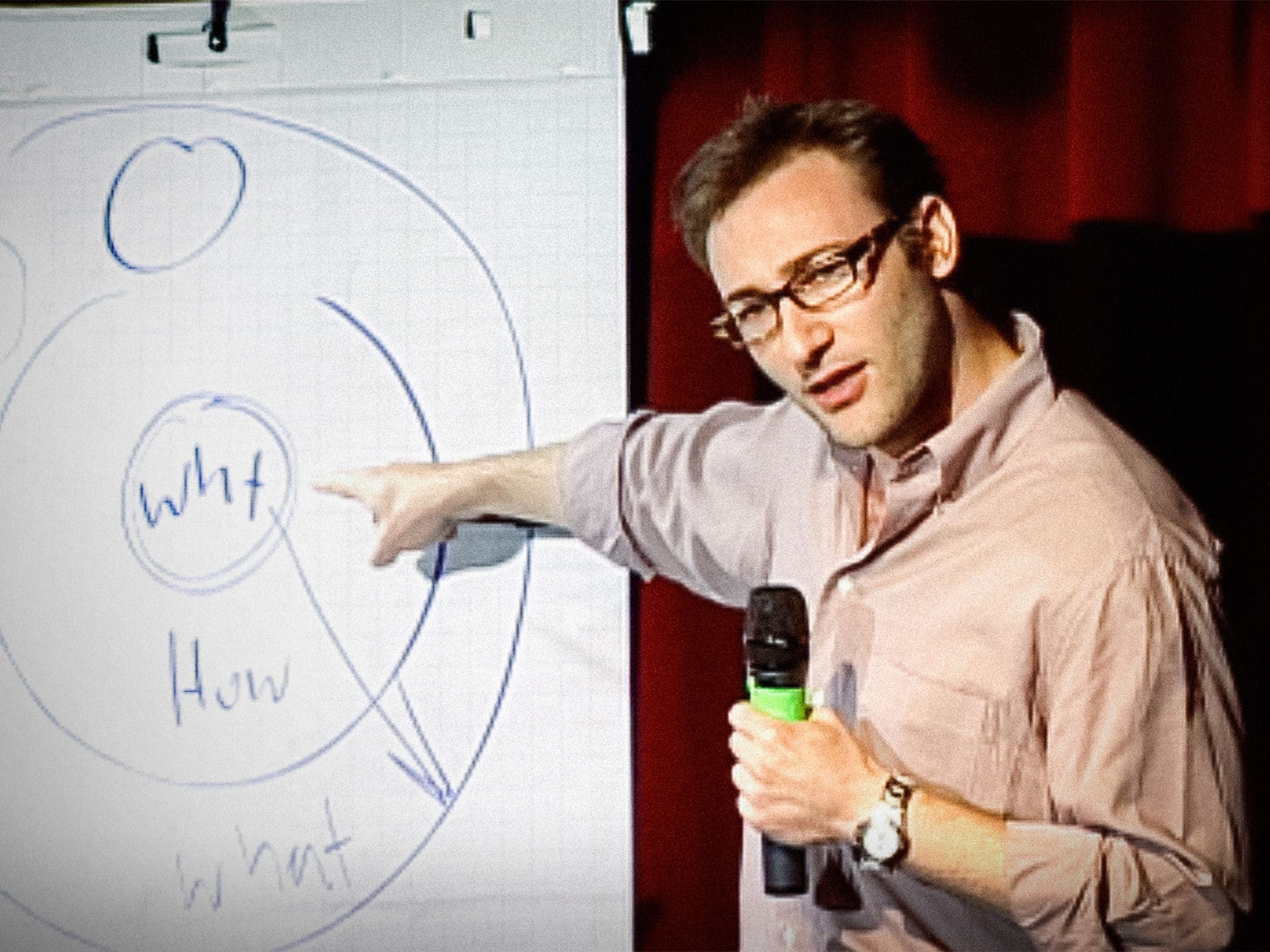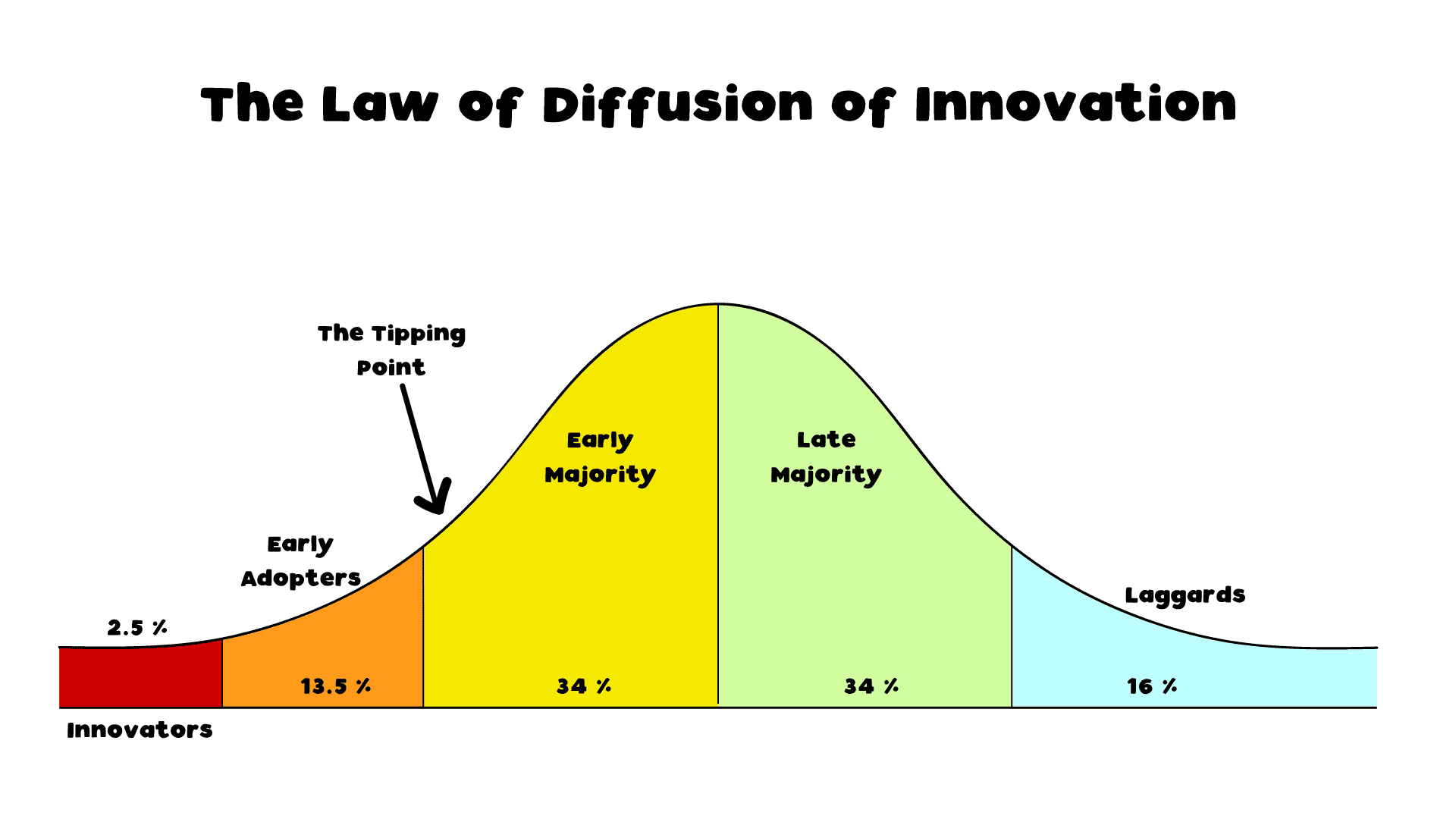If You Want a Cultural Transformation, Go Back to Why

After coming out of the technology space to do marketing for associations, the last 19 years have taught me so much about purpose-driven organizations and human behavior. I believe associations and association management companies (AMCs) have an enormous opportunity to build great cultures that deliver unique value to the industries and professions they represent.
In the charitable non-profit world, it’s easy to find the heart and the why of an organization. It’s easy to find people with passion to work for a cause like defeating cancer or Alzheimer’s. But what about the thousands of professional, purpose-driven organizations? Each have a mission, a vision, and unique offerings. So how can those organizations hire passionate people, create dynamic cultures, and build sustainable business models around growth and value? I say … Go Back To Why.

A still from Simon Sinek’s viral TED Talk, he points to a flip chart with circles featuring “why” in the middle. Click the image to watch the TED Talk.
Simon Sinek, a visionary leader and consultant, has a little, yet powerful idea about going back to why. He draws a golden circle – why is in the middle, how is the next circle and what is the outer ring. Most associations can articulate what they do. Not to pick on the legal profession (but hey, they’re used to it); if we look at the American Bar Association’s (ABA) mission: “Our mission is to serve equally our members, our profession and the public by defending liberty and delivering justice as the national representative of the legal profession.” And they describe how they do that as we “Provide benefits, programs and services which promote members’ professional growth and quality of life.” It’s not bad but does it truly portray what they believe? Does it inspire others to work for them, to join them because of what they themselves believe?
Sinek tells us, “People don’t buy what you do they buy why you do it.”
The goal for associations should be to recruit members and employees that believe what the organization believes. Those are the people that will help transform the value you deliver to a profession or industry. And when you can articulate that purpose, that why, in a clear way — cultural transformation follows. You’re now hiring people that value your purpose and understand what the organization stands for — and they’ll stay. Whether you’re an association or an AMC, you are providing value to purpose-driven organizations. Harnessing the passion and the why of that for your staff has a great deal of power behind it. You couple that with valuing diversity, safe-to-fail team environments, and a flexible approach to process and you’ve built a great culture.
Sinek also talks about the law of diffusion of innovation. The Diffusion of Innovation (DOI) Theory, developed by E.M. Rogers in 1962, is one of the oldest social science theories. It originated in communication to explain how an idea or product gains momentum and diffuses (or spreads) through a specific population or social system.
If you looked at the universe of members or subscribers or customers that your association feels would receive value from what you do, you could measure where you are in this spectrum. If you have less than 13.5% of your market, you’re not there. To get people over that tipping point is to move them to believe your why. To feel that they believe in what you are doing and will join, buy, and/or advocate for you.
People become members for themselves; for what they believe in. That’s how associations can reach past the tipping point – by expressing what they believe in, not just what they do and how they do it. And employees choose companies that align with their beliefs. They want more purpose in what they do and they want to know that the leadership in a company they work for believes in the same things. This was happening pre-pandemic and the last two years of disruption have caused even more reflection on reimagining what we believe in. Associations were already looking at digital transformation, culture change, and value proposition alignment. It’s now time to understand the beliefs that lay the foundation for the what and the how. So go back to your why and your staff, your board, your members, the industry and profession you represent will follow.
Tags
Related Articles
Rewirement: A New Approach to Retirement
Retirement doesn’t have to mean stepping away—it can be a thrilling "rewirement" into a purpose-driven,...
Career Corner Roundup
Every single Career Corner article we published in 2024!
Driving Impact through a Portfolio Analysis
Conducting regular portfolio analyses helps associations streamline their programs, align with strategic goals, and optimize...






